Kettlebell vs Dumbbell Workouts

Kettlebell and dumbbell workouts each bring unique benefits to your workouts. They are two of the most widely used free weights Learning the critical performance differences can help you extract the highest value from your exercise routines. This post uncovers the differences between kettlebells and dumbbells and explains how to use each style of weight safely and effectively.
Table of Contents
Kettlebell vs Dumbbell - Key differences
Kettlebells
- Design – Kettlebells are typically cast iron weights with a handle attached to the top. They have a distinctive, round shape with a flat base.
- Center of Mass – Kettlebells have their weight distributed differently than dumbbells. The majority of the weight in a kettlebell is below the handle, which can make them more challenging to control during exercises that involve swinging motions.
- Swinging Exercises – Kettlebells are well-suited for dynamic, swinging exercises like kettlebell swings, snatches, and cleans. The off-center weight distribution adds an element of instability, engaging more muscles for balance and coordination.
- Functional Training – Kettlebell exercises are often used in functional training routines, as they can mimic real-life movements and improve overall strength, flexibility, and cardiovascular fitness.
Dumbbells
- Design – Dumbbells consist of a short bar with weights on either end. They come in various shapes and sizes, including fixed-weight dumbbells and adjustable dumbbells that allow you to change the weight plates.
- Center of Mass – Dumbbells have a symmetrical center of mass, making them more stable and easier to control during traditional weightlifting exercises.
- Isolation Exercises – Dumbbells are ideal for isolation exercises, where you target specific muscle groups, such as bicep curls, lateral raises, or tricep extensions.
- Strength and Muscle Building – Dumbbells are commonly used for traditional strength training and muscle-building exercises. They bring versatility to a range of exercises.
Focus on your fitness goals when deciding between kettlebells and dumbbells. Both can be effective tools for strength training and improving overall fitness. Kettlebells allow for more dynamic movements and provide functional training benefits, while dumbbells for offer versatility and can help target specific muscle groups with isolation exercises. It’s also common for individuals to incorporate both kettlebells and dumbbells into their workout routines to take advantage of the unique benefits of each, as we will see below.

Benefits of Dumbbells
Dumbbells have weights that are more evenly distributed than kettlebells. This even weight distribution helps support the following advantages within your workout routine:
- Strength Development – Dumbbells allow you to progressively increase resistance, making them ideal for building and developing strength in various muscle groups. You can easily adjust the weight to match your current fitness level.
- Muscle Isolation – Dumbbells are suitable for isolation exercises, which target specific muscles. This is beneficial for bodybuilders, athletes, or anyone looking to target muscle groups for aesthetic or functional purposes.
- Balance and Stabilization – Using dumbbells requires more balance and stabilization compared to machines or barbells. Dumbbells engage stabilizer muscles and improve overall balance and coordination.
- Versatility – Dumbbells are flexible and offer value for a wide range of exercises, including bicep curls, triceps extensions, shoulder presses, chest flies, squats, lunges, and more. This versatility allows for a diverse and comprehensive workout routine. Dumbbells are also sold in various shapes and sizes, from fixed-weight dumbbells to adjustable sets that allow you to change the weight plates. This adaptability assures options for users of different fitness levels and goals.
- Functional Strength – Dumbbell exercises often mimic real-life movements, offering functional training advantages. Functional strength gained from dumbbell workouts can enhance daily activities and reduce the risk of injury.
- Adaptability – Home and Gym Use – Dumbbells are accessible for both home and gym workouts. You don’t need a large space or an expensive gym membership to use them effectively.
- Cardiovascular Benefits – Incorporating dumbbell exercises into a circuit or high-intensity interval training (HIIT) can elevate your heart rate, providing cardiovascular benefits in addition to strength training.
- Variation and Progression – With a wide range of exercises and variations available, you can continually challenge your muscles and avoid workout plateaus. Changing the angles, grips, or adding stability challenges can keep your workouts interesting and effective.
- Injury Prevention and Rehabilitation – Dumbbells can be used in rehabilitation programs to aid recovery from injuries, as they allow for controlled and gradual strength-building without putting excessive strain on injured areas.
Remember that proper form and technique is key to avoiding injury. It’s essential to start with an appropriate weight for your current fitness level, gradually increase resistance, and prioritize good form to maximize the benefits and minimize the risk of injury. If you’re new to strength training, consider consulting with a fitness professional or personal trainer to create a safe and effective dumbbell workout plan tailored to your goals.
How to Incorporate Both Kettlebells and Dumbbells in a Workout
Combining the kettlebells and dumbbells opens your workout to a wider range of exercise options. You can target different muscle groups and reach loftier fitness goals with a combination of the two weight products.
Here’s how you can incorporate kettlebells and dumbbells into a workout routine.
1. Full-Body Circuit
You can create a full-body circuit workout that alternates between kettlebell and dumbbell exercises. For example:
– Kettlebell swings for lower body and cardiovascular conditioning.
– Dumbbell bench press for chest and triceps.
– Kettlebell goblet squats for lower body.
– Dumbbell rows for back and biceps.
– Kettlebell Turkish get-ups for core and overall stability.
– Dumbbell lunges for lower body and balance.
Perform each movement for a set number of repetitions or a specific time period, and then move on to the next movement with minimal rest in between. Complete the circuit for multiple rounds.

2. Supersets
Supersets involve pairing two exercises back-to-back with minimal rest in between. You can use a kettlebell exercise and a dumbbell exercise for each superset. For example:
– Kettlebell swings followed by dumbbell shoulder presses.
– Kettlebell goblet squats followed by dumbbell bicep curls.
– Kettlebell Turkish get-ups followed by dumbbell lateral raises.
Perform each exercise in the superset for a set number of repetitions or time, rest briefly, and then repeat for multiple sets.
3. Split Routine
You can also create a split routine where you focus on different muscle groups on different days. For example:
**Day 1 (Upper Body):**
– Dumbbell bench press for chest.
– Dumbbell rows for back.
– Dumbbell shoulder presses for shoulders.
– Dumbbell bicep curls and tricep extensions for arms.
**Day 2 (Lower Body and Core):**
– Kettlebell goblet squats for legs.
– Kettlebell swings for cardiovascular conditioning.
– Kettlebell Russian twists for core.
**Day 3 (Full Body):**
– Kettlebell Turkish get-ups for overall stability.
– Dumbbell lunges for legs.
– Dumbbell lateral raises for shoulders.
You can adjust the exercises and their order based on your goals and preferences.
4. Active Rests
During rest intervals, you can incorporate active rest exercises using either kettlebells or dumbbells. For example, between sets of a dumbbell bench press, you can do kettlebell farmer’s carries or goblet squats to keep your heart rate up and work different muscle groups.
Launch Your Kettlebell and Dumbbell Workouts
Kettlebells and dumbbells bring versatility and functional value to your workout routines, and help you target specific muscles groups with greater precision.
Dumbbells and Kettlebells Workout Safety Tips:
- Always remember to warm up before your workout and cool down afterward to prevent injury and aid in recovery.
- Prioritize proper form and technique to maximize the benefits of your workout and minimize the risk of injury.
- If you’re new to strength training or have specific fitness goals, consider consulting with a fitness professional or personal trainer to help you design a customized workout routine that integrates both kettlebells and dumbbells effectively.
Checkout my strength training posts to gain in-depth tips on developing your physique, improving your fitness, and reaching your health goals.
2 Comments
Leave a ReplyCancel Reply
This site uses Akismet to reduce spam. Learn how your comment data is processed.





[…] dumbbells and kettlebells bring a range of benefits to your workout program. But there are key differences between kettlebells and dumbbells, which we explained our recent guide. Starting your kettlebell journey is easy and rewarding! Here are some simple steps to get you […]
[…] Kettlebells are a versatile piece of equipment that can be used to perform a variety of exercises that targets the core and lower body, such as: […]